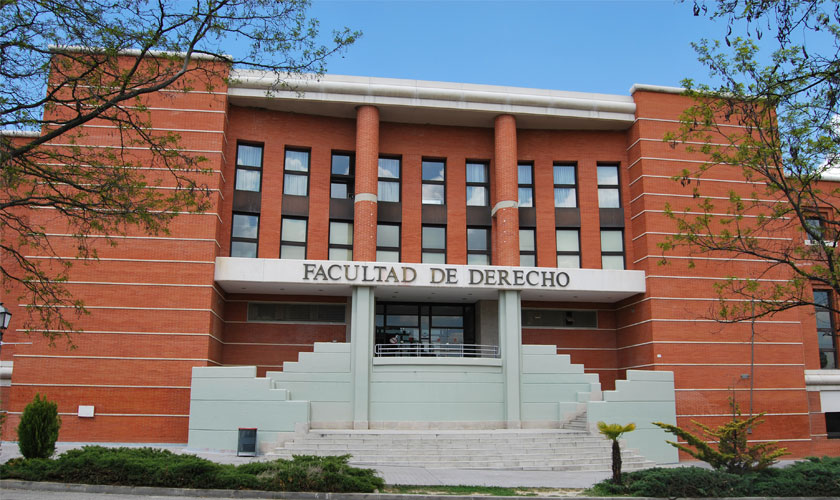-
Client name: Autonomous University of Madrid
-
Sector: Education
-
Location: Spain
-
Students: 33,0000
-
Professors: 2,485
-
Admin. and services staff: 1,059
-
Research Staff: 827
The Autonomous University of Madrid (UAM in its Spanish acronym) has enjoyed the advantages of desktop virtualization for many years. In 2007 they started to test this technology implementing a pilot, and after good results were obtained, a year later, in 2008, they decided to move it to production.
Choosing the connection broker for the VDI deployment was a simple task, as there was only one software that met their requirements. “We wanted to deploy Linux desktops and UDS Enterprise was the only solution that would allow us to do so“, says Julio Álvarez, Systems Manager of the Technical Support Unit of the UAM.
“Its simple interface and the possibility of choosing the hypervisors, authenticators and connection protocols that best fit our project were also decisive factors in choosing UDS Enterprise”, explains Álvarez.
This university deploys up to 1.000 Windows 7 and Ubuntu virtual desktops per month authenticated through Active Directory using the RDP, NX and HTML5 connection protocols and the VMware vSphere hypervisor.
From the beginning they detected the benefits of VDI, which “provides a lot of flexibility”, remarks the Systems Manager of the UAM, since “it allows students to access virtual desktops from their own device and use the same tools they have in a classroom, and teachers can use any application in any classroom, even if it is not installed”.
About 35,000 users among students, teachers and administrative & service staff access virtual desktops managed by UDS Enterprise from desktops, laptops and mobile devices.
The support staff is one of the great beneficiaries from the implementation of this technology since they are able to “deploy any program or application on any machine, facilitating access from any device, whether on or off campus from their own laboratory”, states Álvarez.
“A technician no longer has to spend hours in deploying an application in a class, it takes ten minutes and four clicks“, relates Álvarez, who highlights the “versatility and reduction of workload” that desktop virtualization has provided.
In addition, thanks to VDI, the support department is now more efficient. “We have drastically reduced the response time“, explains the System Manager, something that not only facilitates the work of the technicians, but also all the users of the university, who enjoy the high availability of the available teaching resources in the virtual desktops.
Efficient support and development
The UDS Enterprise team helps the university to provide agile and efficient support. “UDS Enterprise’s support service is excellent, they fully control the incident and personally verify that it has been resolved”, says Alvarez.
This assessment is extensive to the development team, with which the university has “continuous contact to ask for functionalities not found in the product, solution for bugs for future releases, or even new features.”
The satisfaction with the software makes them consider using it also for application virtualization and to access physical PCs and take advantage of laboratory equipment in non-teaching hours thanks to the integration of UDS Enterprise with OpenGnsys.
For now, they are more than satisfied with VDI. “Any educational environment should bet on a VDI product,” concludes Alvarez, who also recommends it for business environments, because of his experience as a technician, he knows that “a solution of this type saves time and money“.
VDI INFRASTRUCTURE
-
Broker: UDS Enterprise
-
Hypervisor: VMware vSphere
-
Connection protocol: RDP, NX and HTML5
-
Authenticator: Active Directory
-
Servers: 2 Blades HP with 8 CPUs x 2,533 GHZ and 192 GB RAM per blade
- Storage: 1 VNX storage array serving 2 volumes of 2 TB per volume (4 TB in Total)










0 Comments